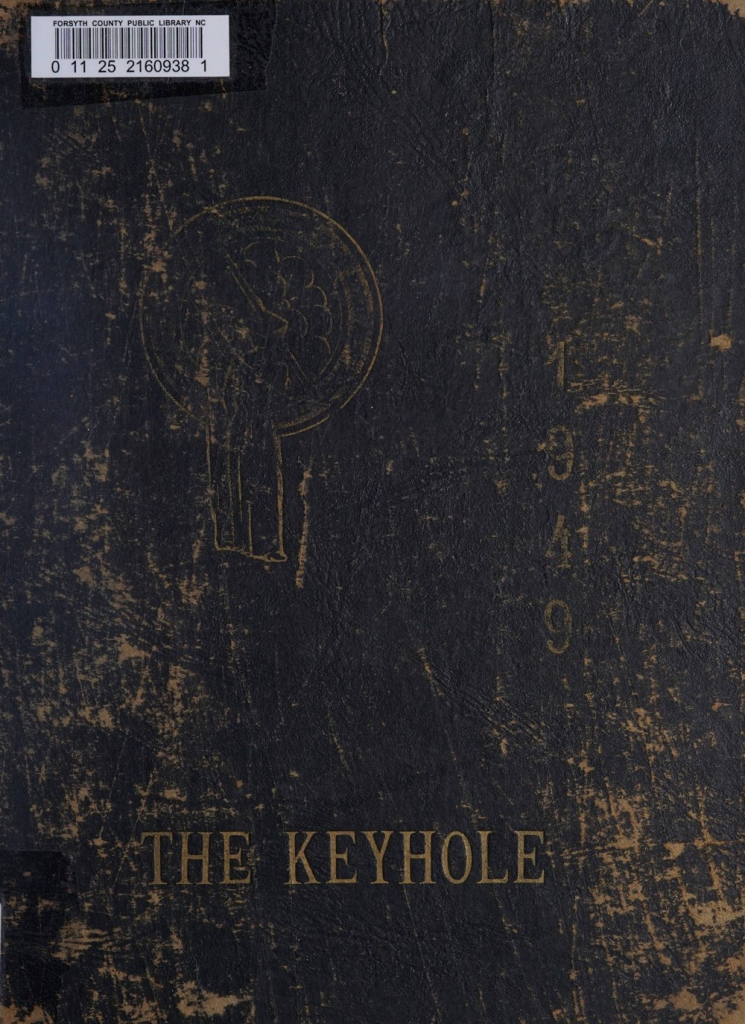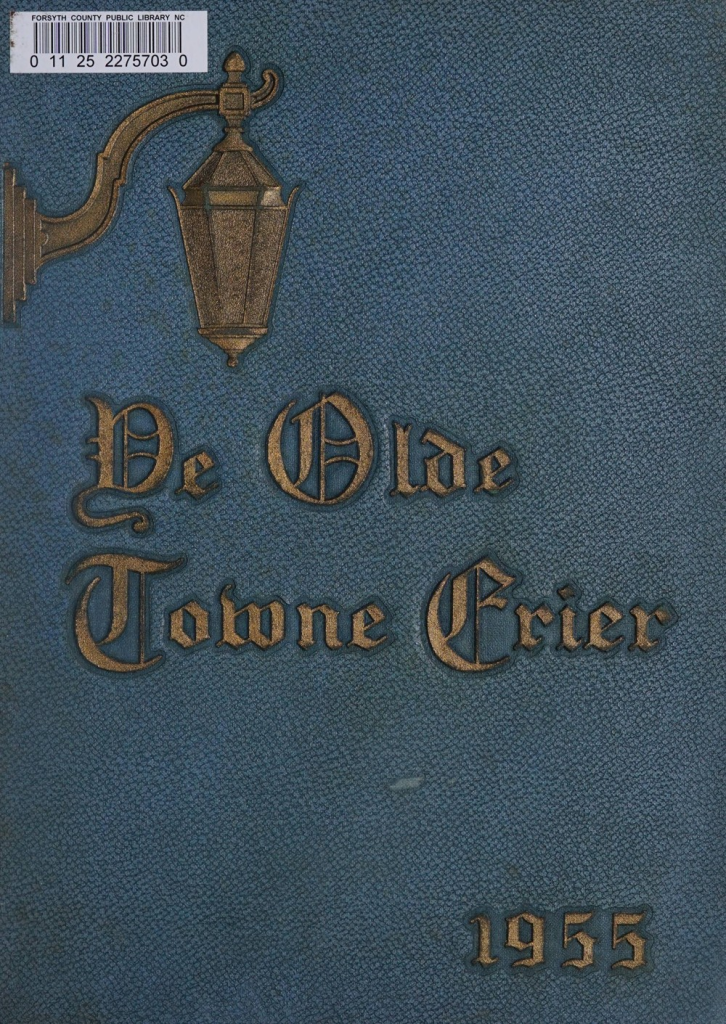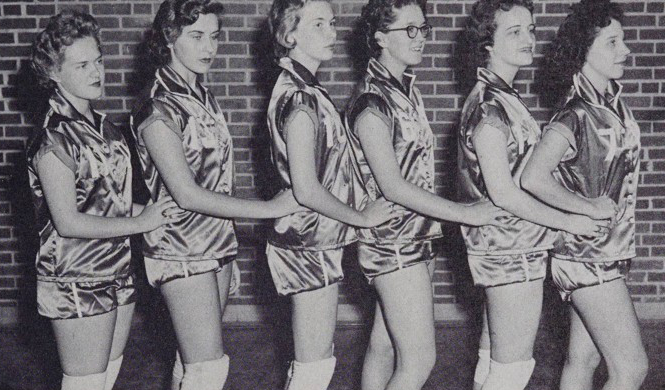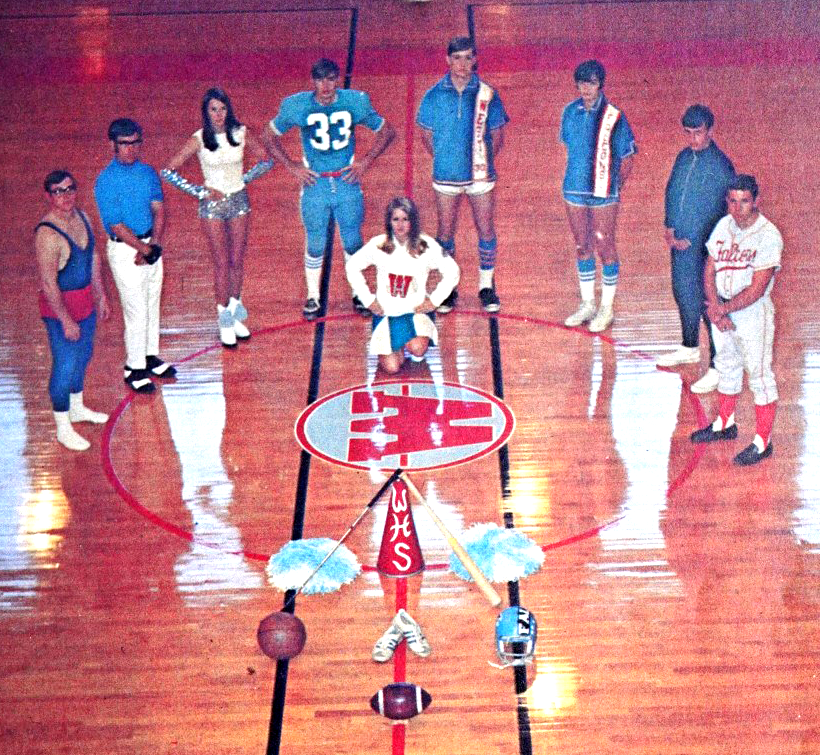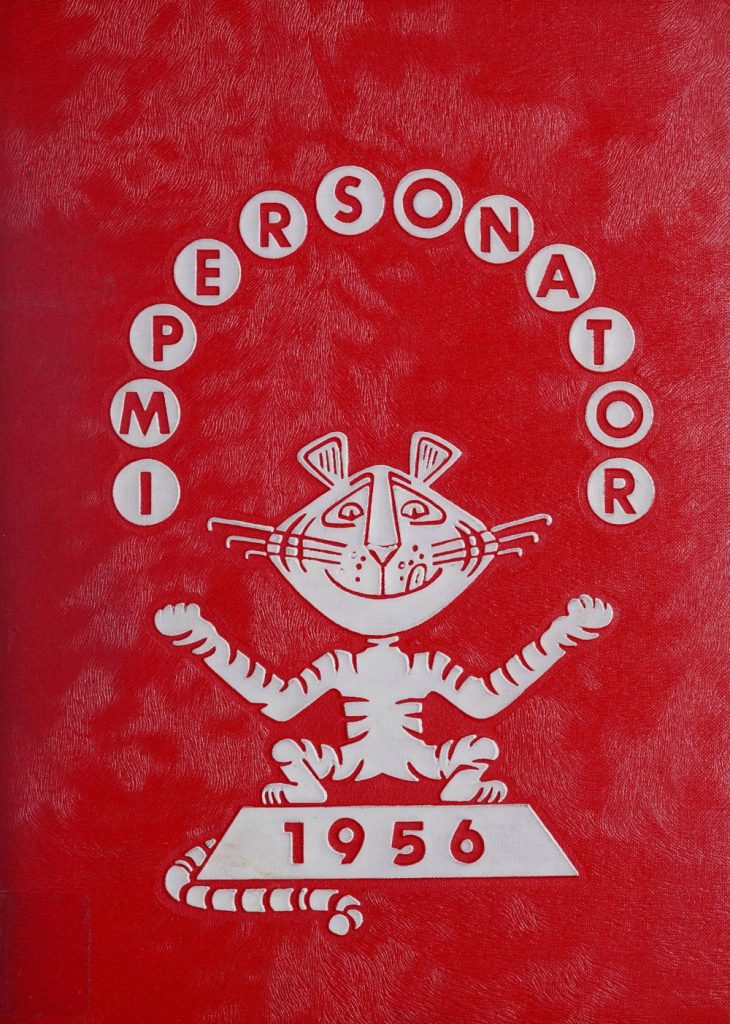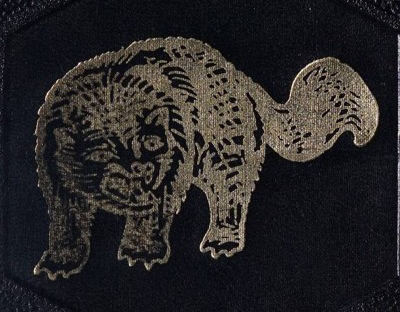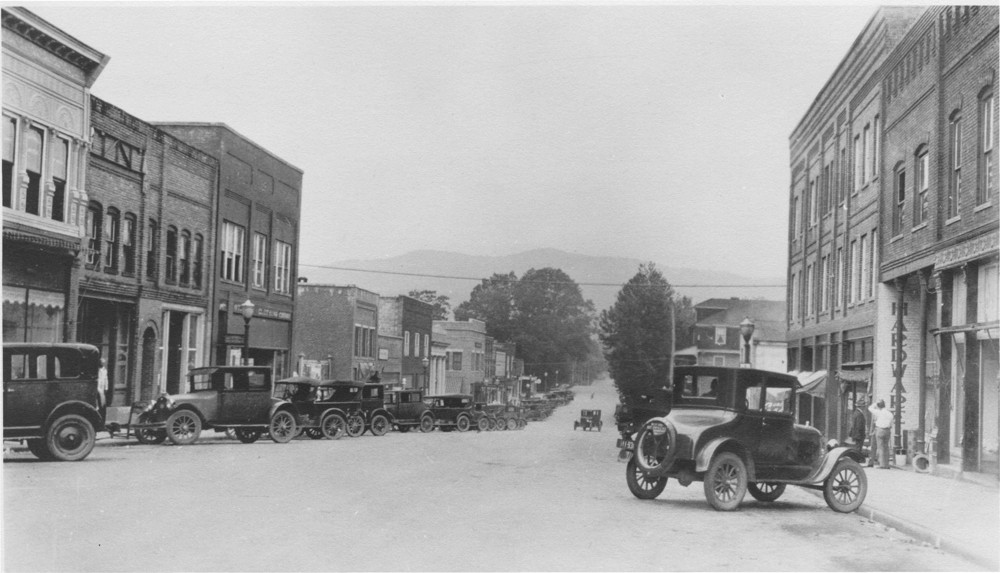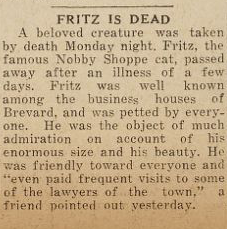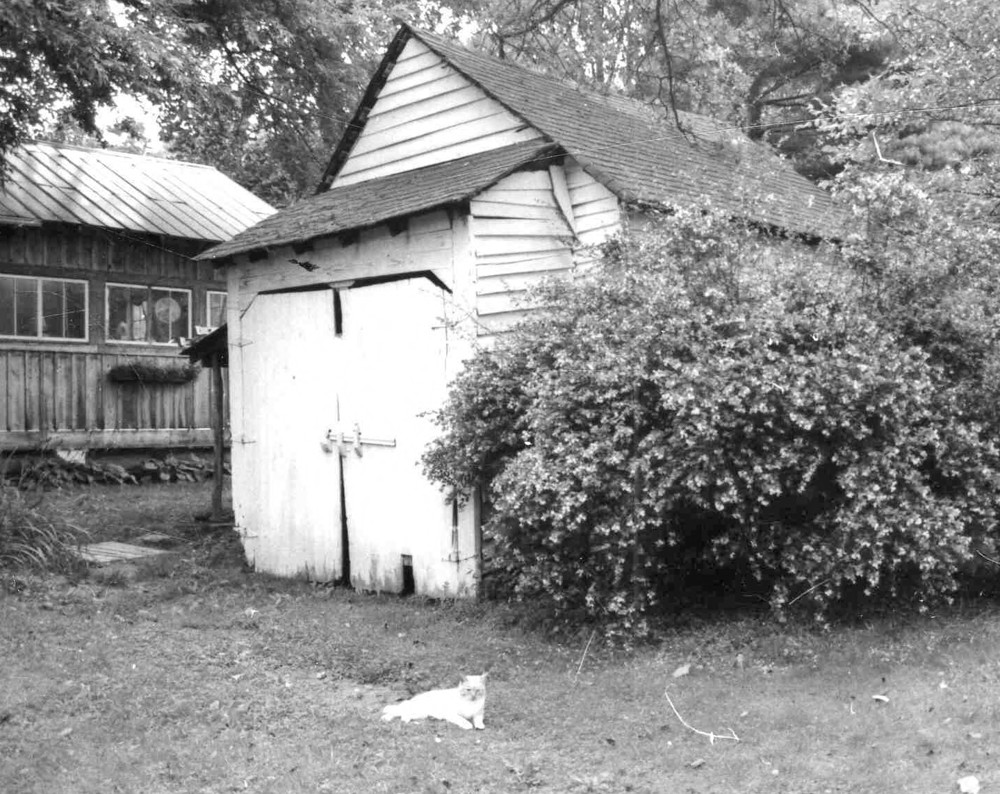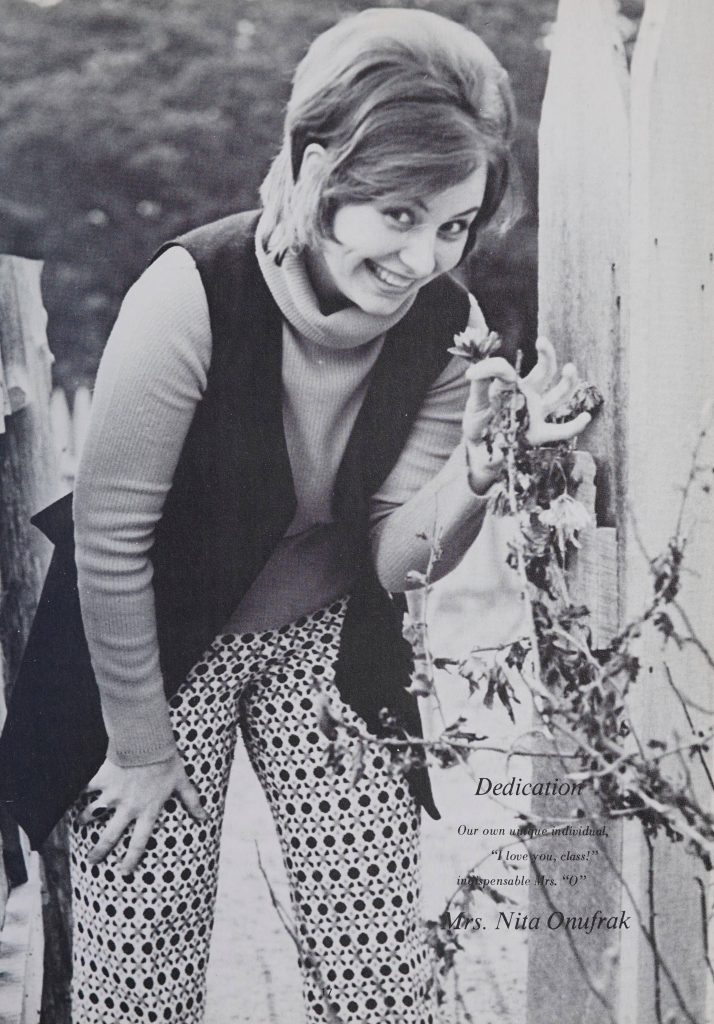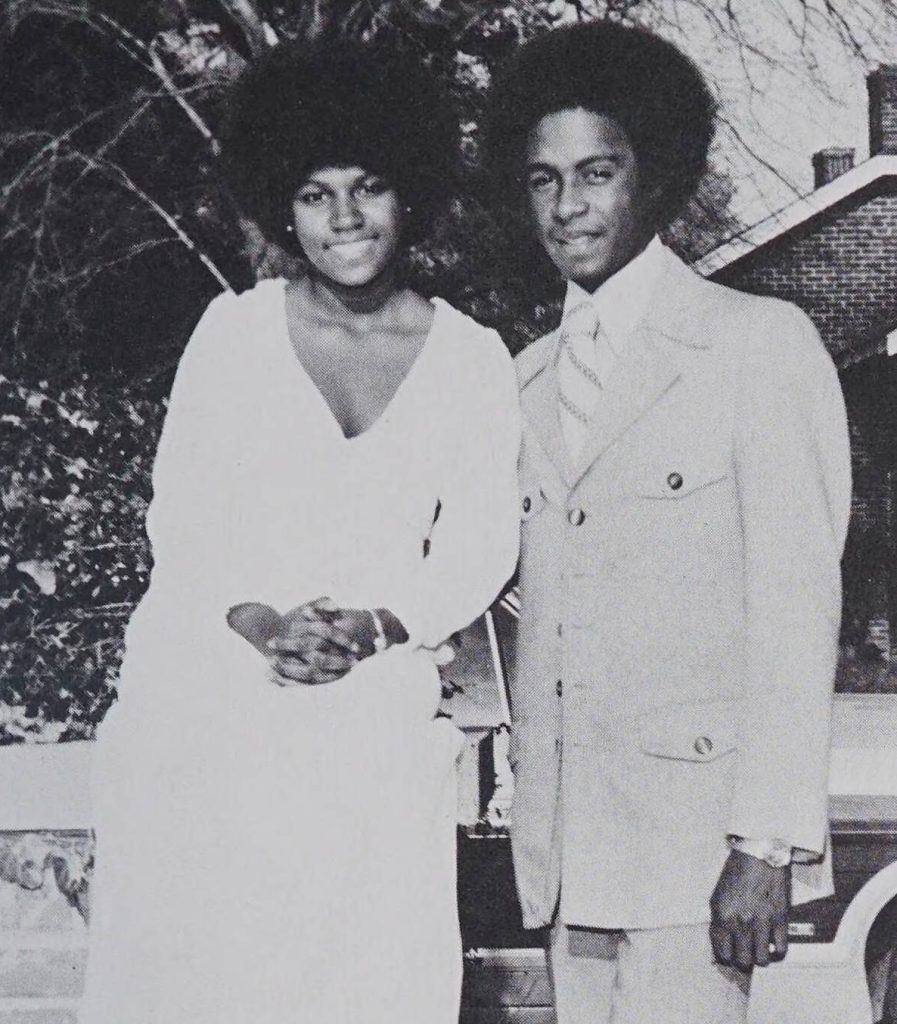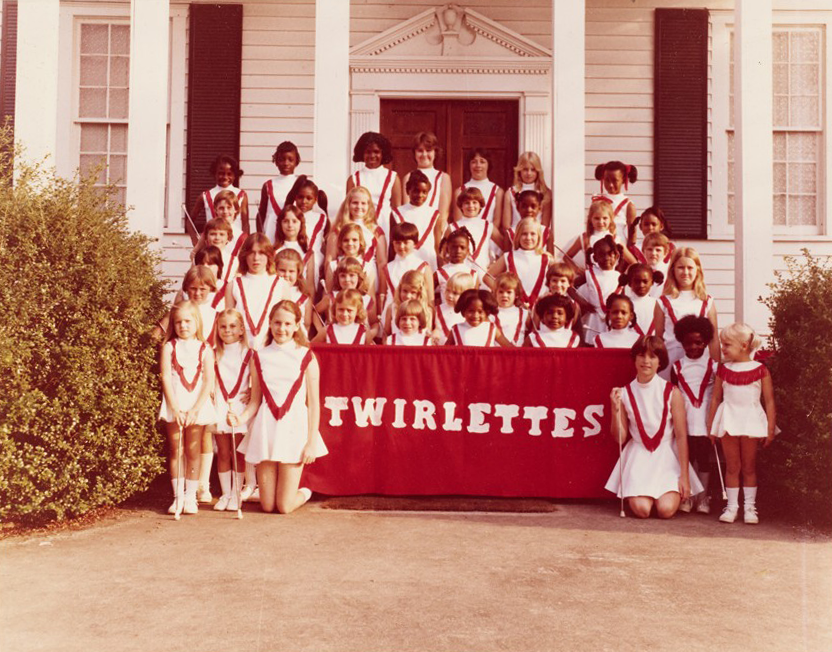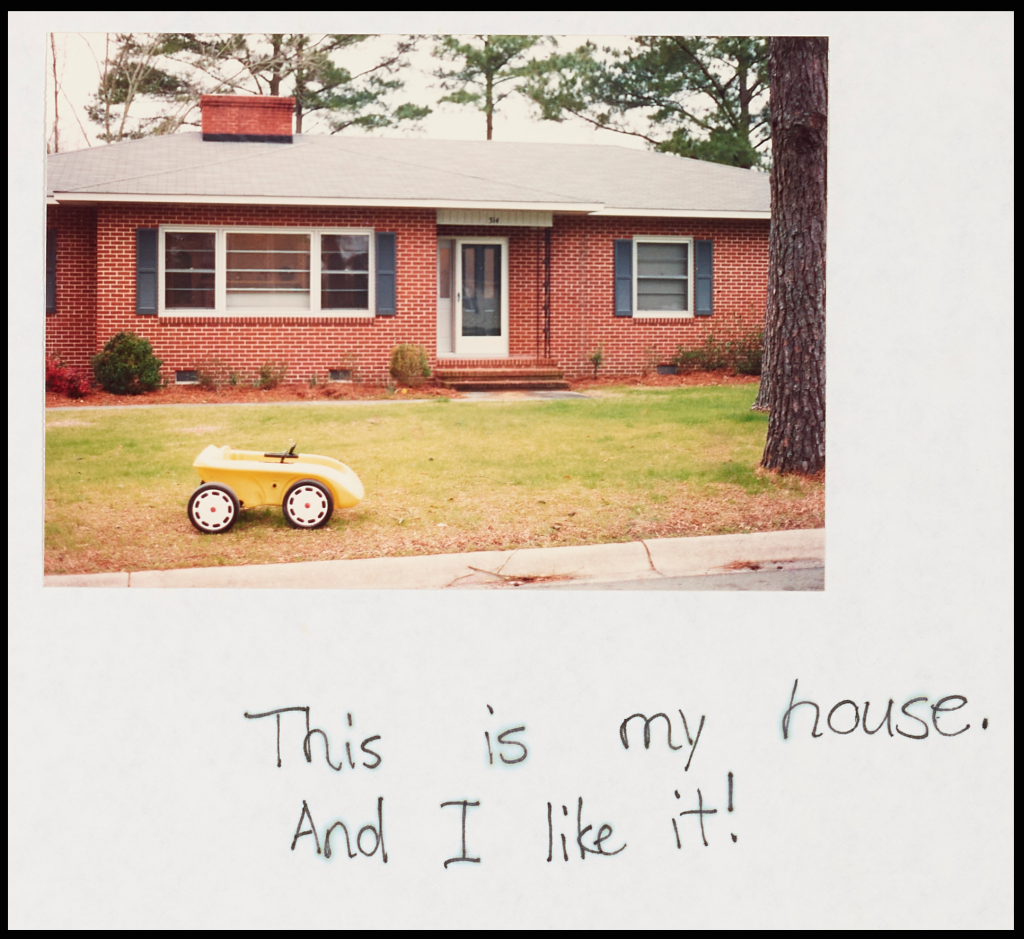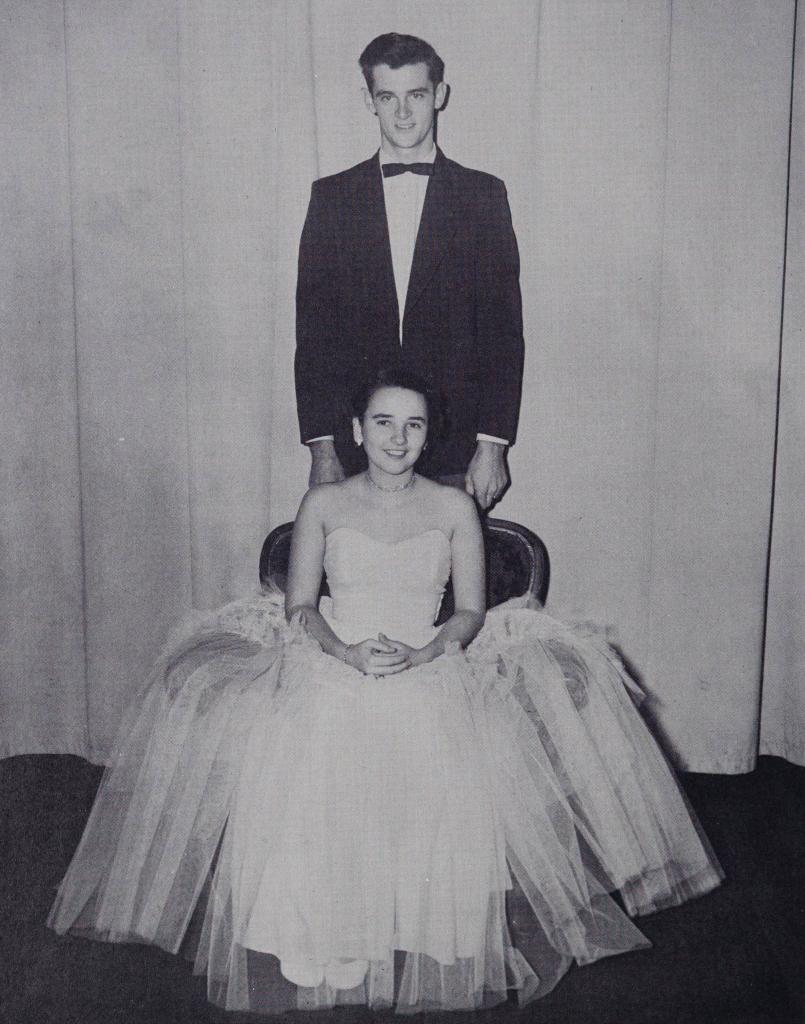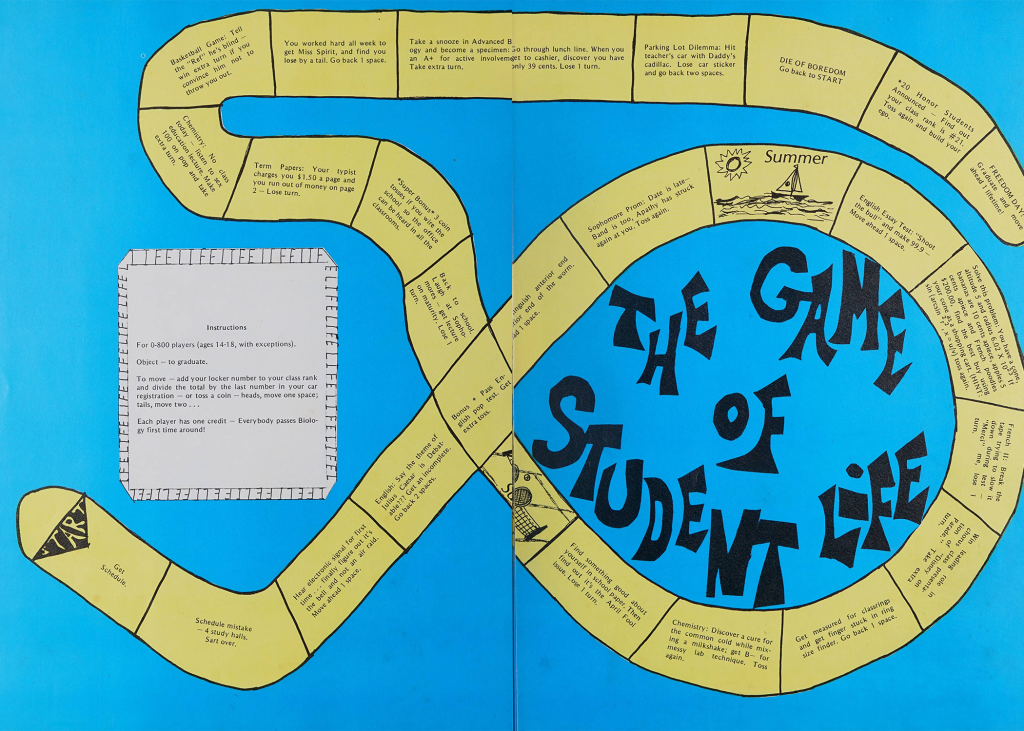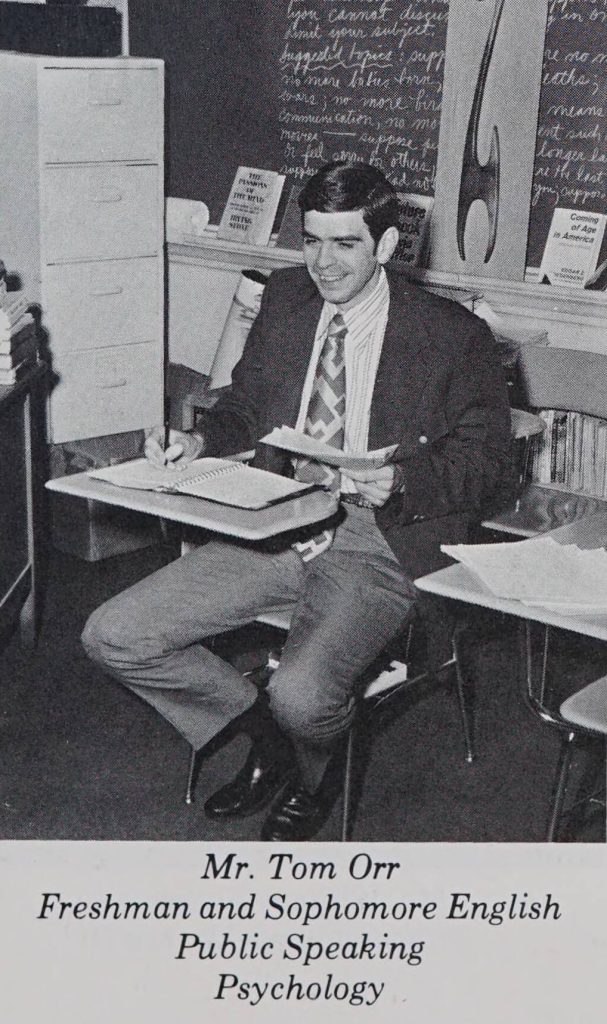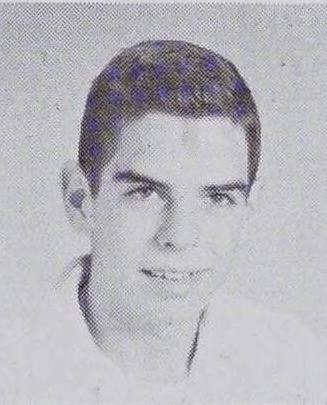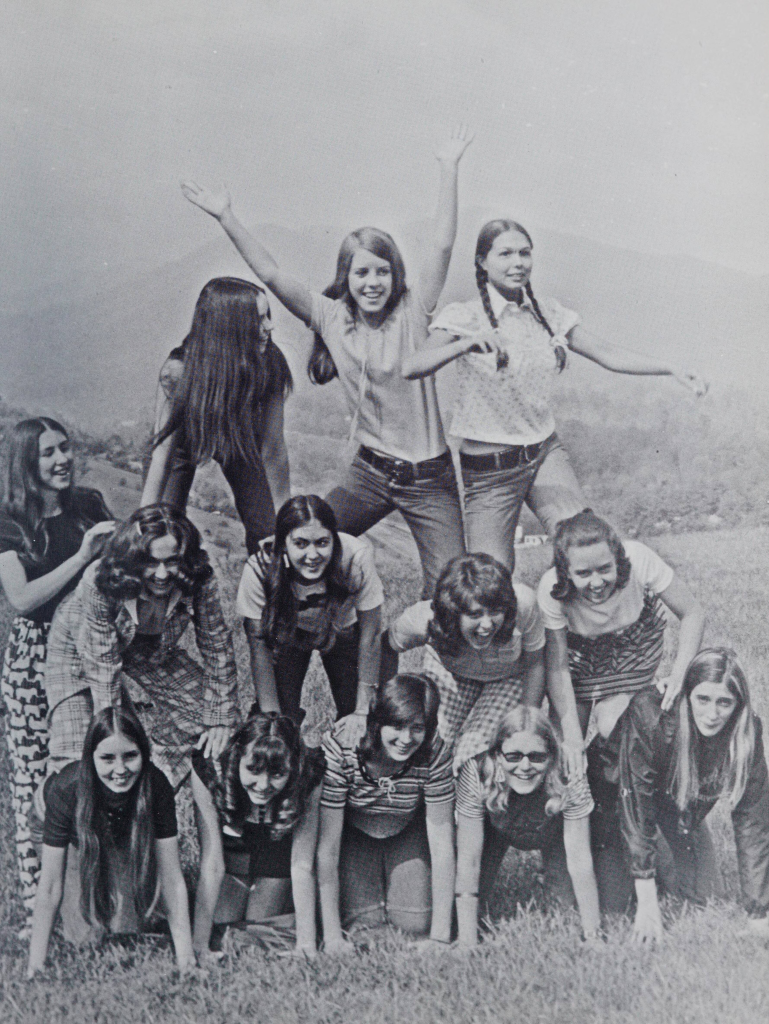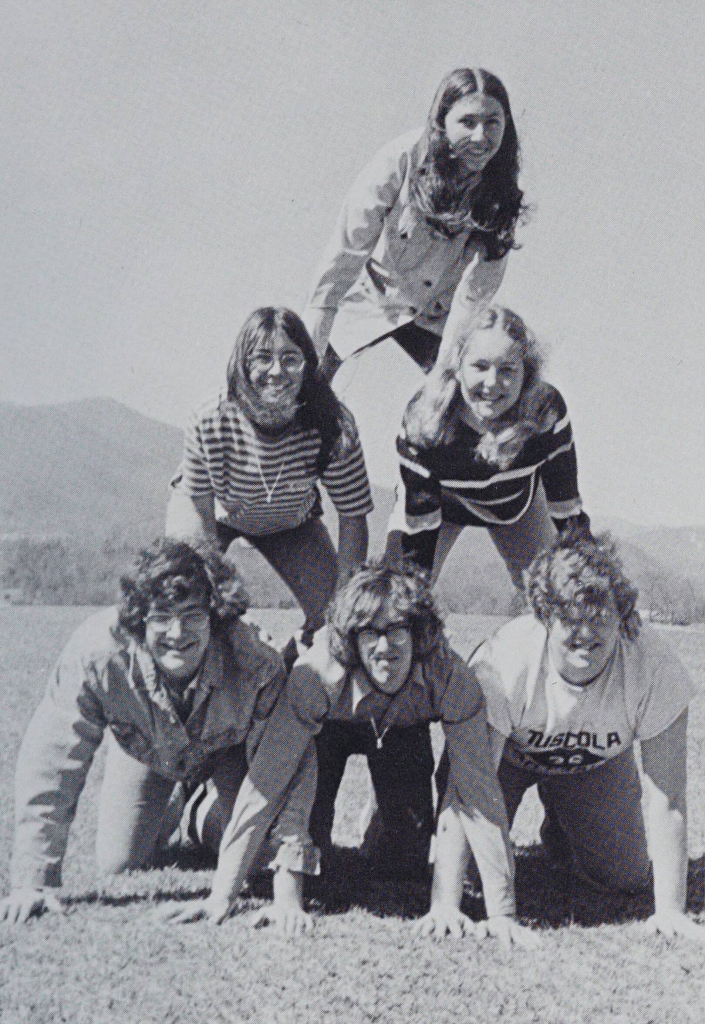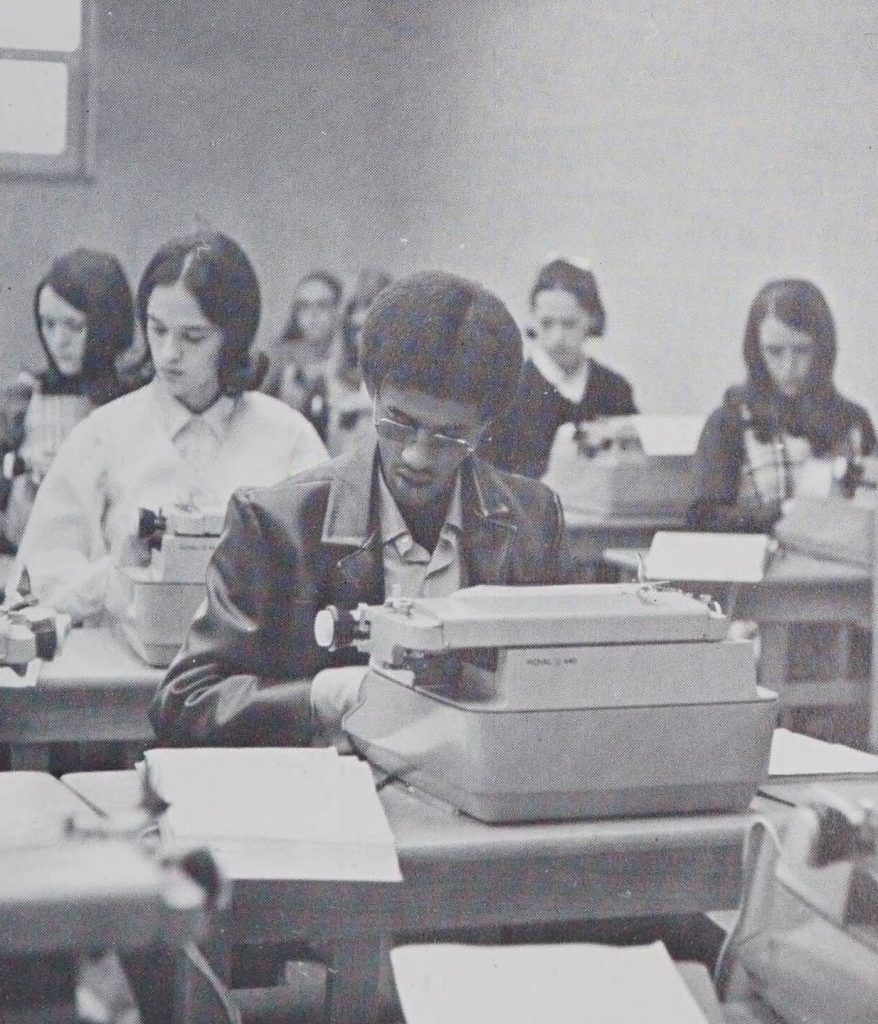A huge batch of 65 yearbooks is now on our site thanks to our partner, the Forsyth County Public Library. These yearbooks span 60 years, from 1913 to 1973, and include some of the high schools of Winston-Salem that are now closed. This batch also has one edition of The Yellow Jacket (1955) from Carver High School and The Maroon and Gold Yearbook (1953) from Atkins High School, two of the few historically Black high schools in the state that remained open through school integration.
Since there are so many yearbooks in this batch, there is a wide assortment of creative yearbook titles—some of which are stronger than others. As an alumna of R.J. Reynolds High School, I’ll admit that I have some bias toward the Black and Gold, but even I have to acknowledge that it’s a pretty generic name (in this batch alone, we’ve also got The Maroon and Gold from Atkins, the Blue and White from Old Town High School, and the Blue and Gold from Griffith High School).
Rather than opt for the usual school colors-based title, here are the top five yearbooks that aimed for something a little different.
#5: The Keyhole (Rural Hall High School)
I like that this team of young yearbook editors took a philosophical approach to their title. Like looking through a keyhole, a yearbook can only give a limited picture of what the culture and experience of Rural Hall High School was like. They continue this slice-of-life theme on the inside of the yearbook as well with this comical drawing featuring some of their classmates.
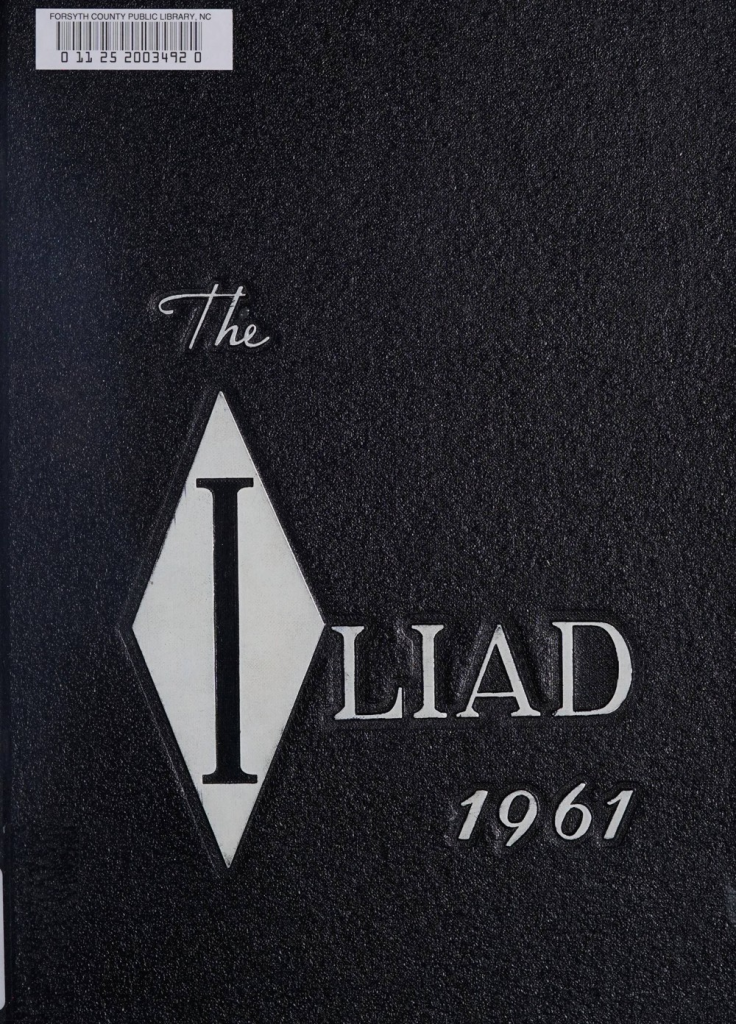
#4: The Iliad (Southwest High School)
There’s something so quintessentially high school about being assigned The Iliad, possibly reading it, and then using it as a metaphor for the obstacles you face (a move perhaps only topped by a comparison of your personal journey to The Odyssey). This literary homage is made even better by the fact that the mascot for Southwest was the Trojan, meaning that this yearbook likely describes the siege and fall of the school by means of wooden horse.
#3: Quill Pen (Salem Academy)
Third place on this not-at-all subjective list was initially selected because of its overlap with the editorial column of James Mackintosh Qwilleran, a fictional detective and journalist who writes “The Qwill Pen” in the mystery series The Cat Who… by Lilian Jackson Braun. However, based on the uniforms required for yearbook photos, it does also seem possible that the students of Salem Academy really were writing with quills.
#2: Dress Parade (Oak Ridge Military School)
As someone with no military experience, when I initially picked this title, I had a different mental image of what the “dress parade” might include. However, given the fact that students at Oak Ridge did have to wear their uniforms on display for the yearbook, it still seems like a really fitting title. Plus, this edition has some cool woodblock prints and this one inexplicably tiny photo of a gazebo.
#1: Ye Olde Towne Crier (Old Town High School)
I don’t even know where to begin with this absolute chef’s kiss of a yearbook title. I love the old-timey spelling. I love the idea that a yearbook is the modern equivalent of a person who yells out the town news. I love the font choice and the inclusion of “Ye.”
Old Town High School experimented with a couple of names before this (see Blue and White and The Log), suggesting that it might take a few tries before you can land on the perfect name. The icing on the cake is that every time I read it, I can hear the opening notes of Lil Nas X’s 2019 hit “Old Town Road” in my mind. (Sadly, Old Town High School was not located on Old Town Road, though such a road does exist in Winston-Salem).
You can decide for yourself which titles are best by looking through the full batch of yearbooks, available here. You can also browse all of our digital yearbooks from Forsyth county and beyond in our North Carolina Yearbooks collection. To see more from the Forsyth County Public Library, you can visit their partner page and their website.
